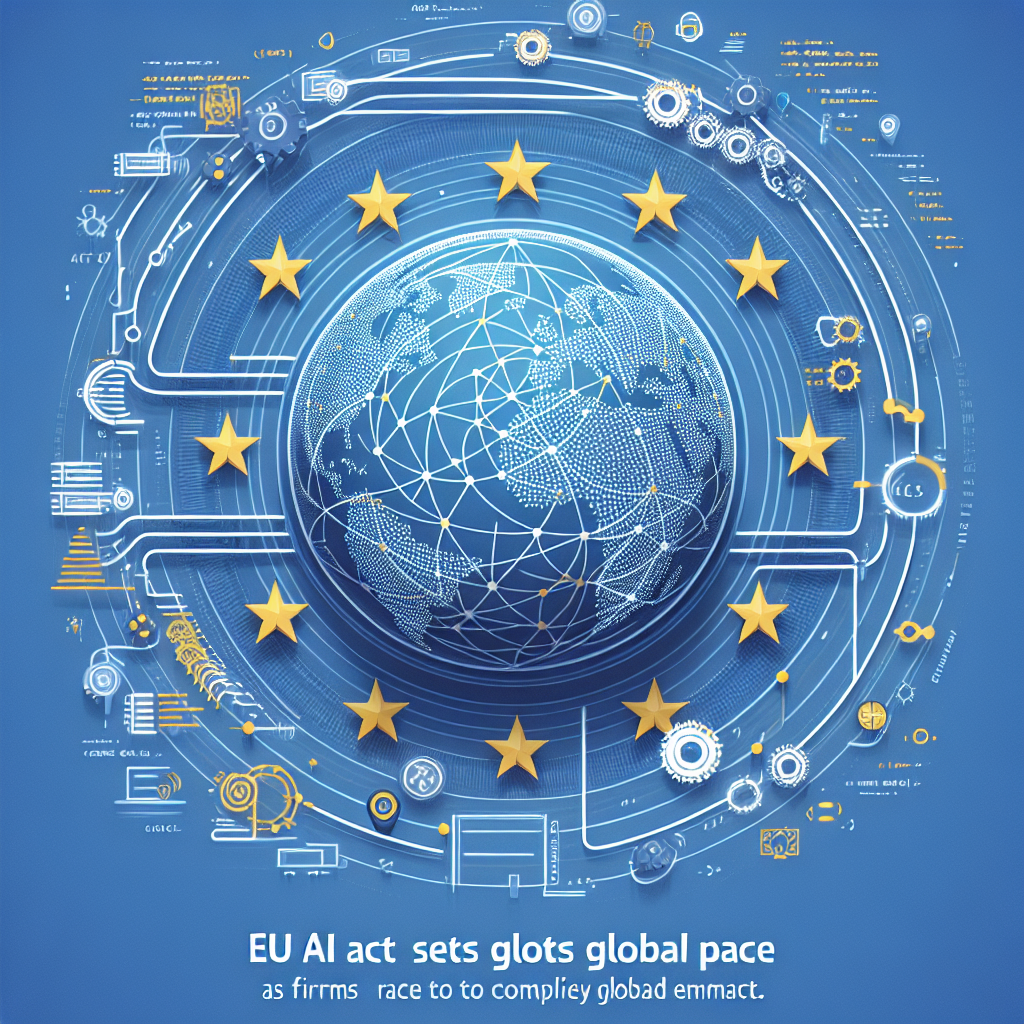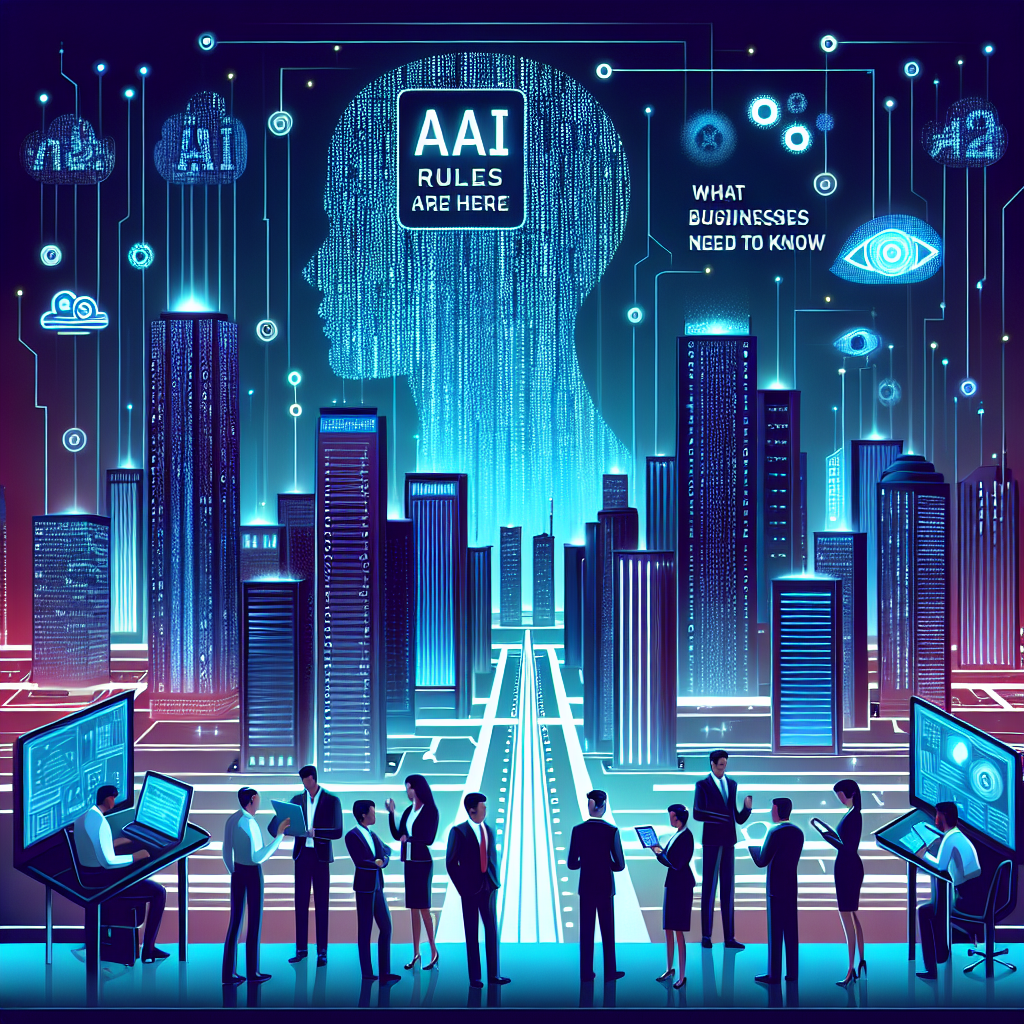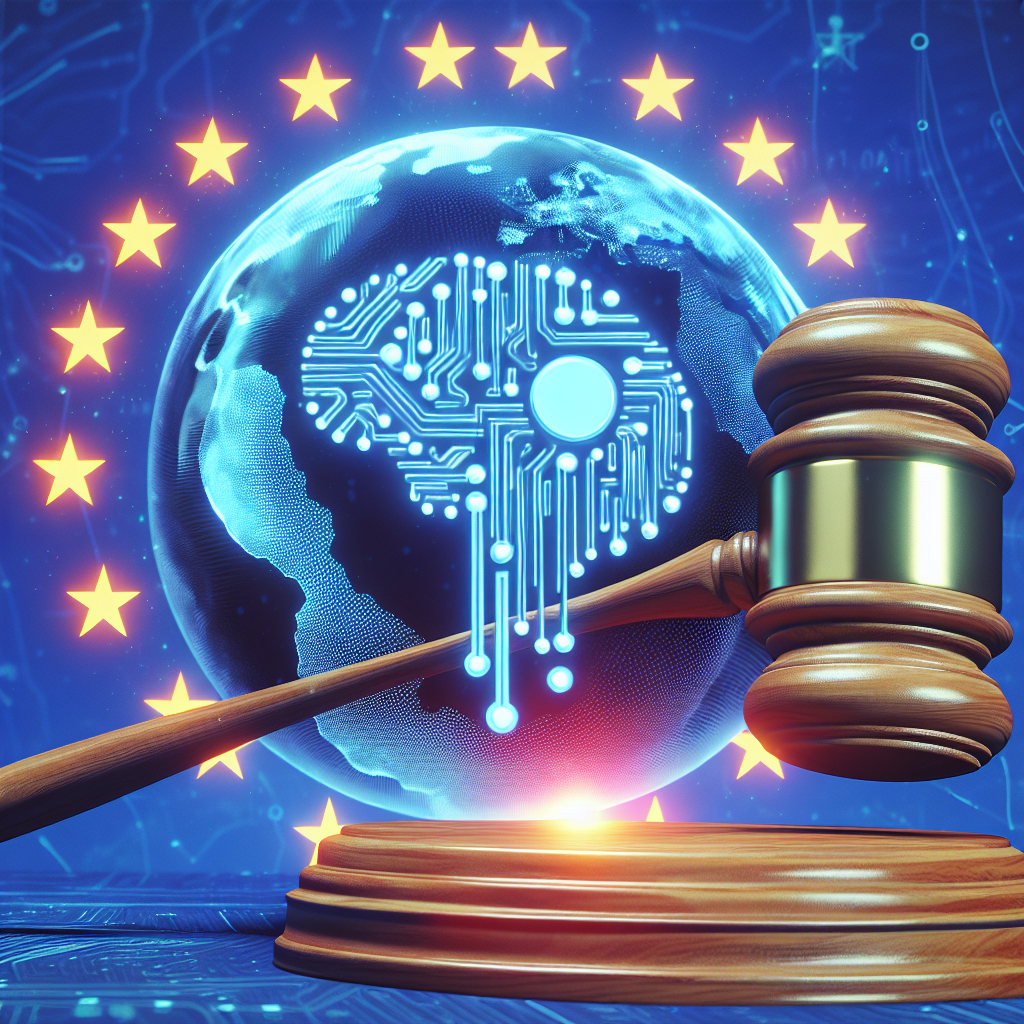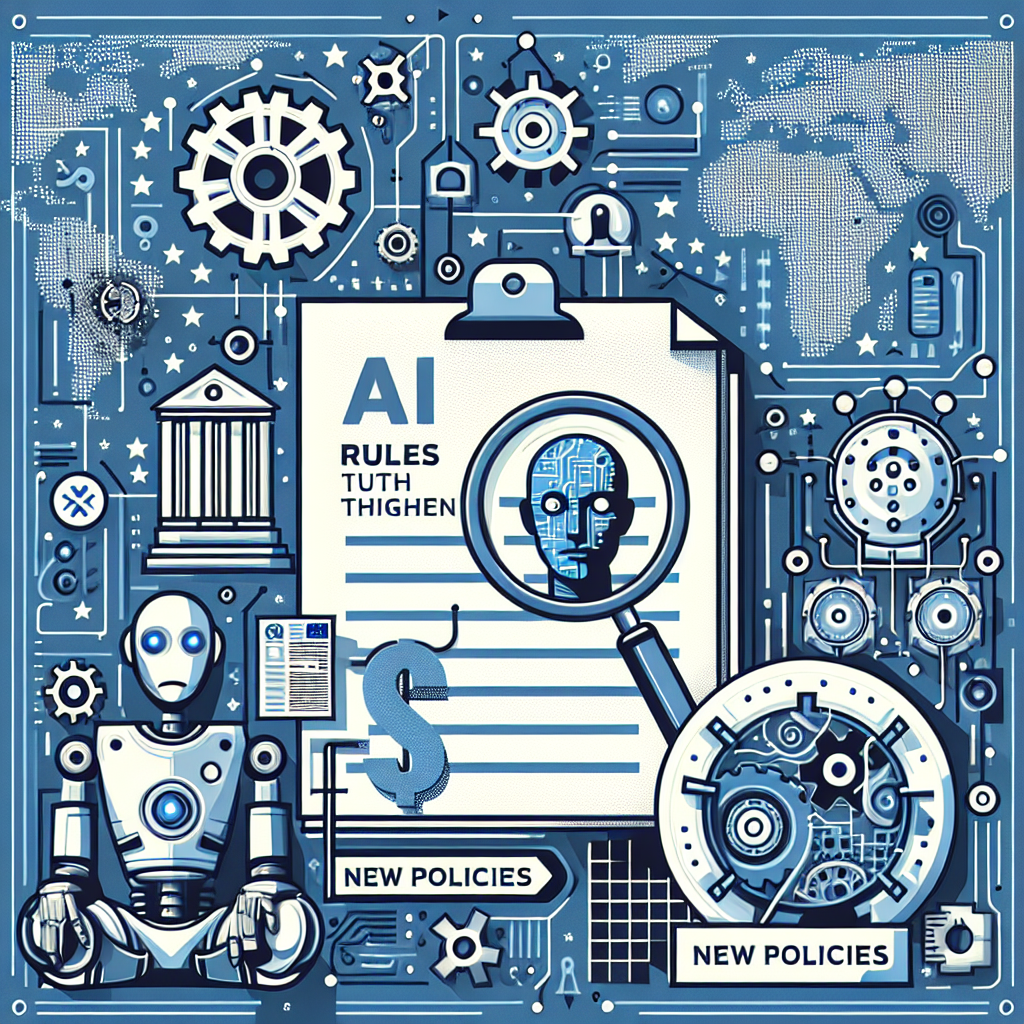AI Rules Tighten: What Changes in 2025

Governments shift from promises to enforcement
Artificial intelligence spent the past few years in a boom of ideas and demos. In 2025, the focus turns to rules. Governments and standards bodies are moving from broad pledges to concrete requirements. Companies now face timetables, audits, and enforcement risk. The aim is to keep innovation alive while reducing harm.
The European Union’s AI Act entered into force in 2024 and will apply in phases over the next few years. Some bans and transparency duties kick in earlier. More complex obligations for high-risk systems will follow later. In the United States, the federal government is implementing the 2023 executive order on AI. Agencies are drafting testing guidance, security rules, and procurement terms. The United Kingdom and a coalition of countries that met at Bletchley Park in 2023 are coordinating on safety research and baseline standards.
Policymakers argue the new approach is pragmatic. The White House executive order calls for AI that is “safe, secure, and trustworthy.” Industry leaders back the direction, while urging clarity. As Google’s Sundar Pichai has said, AI may be “more profound than electricity or fire.” But scale brings risk. The Bletchley Declaration by dozens of governments warned of “serious, even catastrophic, harm” from advanced systems if left unchecked.
What the EU AI Act demands
The EU’s law is risk-based. It restricts certain uses and sets duties that rise with risk. It also introduces specific rules for general-purpose AI models. Exact dates vary by provision, but enforcement will ramp up over the next two to three years.
- Prohibited practices: Certain uses are banned outright. These include manipulative systems that exploit vulnerabilities, some forms of social scoring by public authorities, and biometric categorization that infers sensitive traits.
- High-risk systems: AI used in areas such as employment, credit, education, medical devices, or critical infrastructure faces strict controls. Providers will need risk management, data governance, technical documentation, human oversight, and post-market monitoring.
- Transparency duties: Users must be informed when they are interacting with AI. Synthetic media, such as deepfakes, must be labeled. Chatbots and emotion recognition tools face disclosure requirements.
- General-purpose AI (GPAI): Providers of large models must share information with downstream developers and support safety practices. There will be expectations around technical documentation, model evaluation, and responsible deployment.
- Enforcement and fines: National authorities and a new EU-level coordination structure will oversee compliance. Penalties can be significant, measured as a share of global turnover for the most serious violations.
Businesses will watch for detailed standards issued through European bodies. These technical norms will translate legal concepts into tests and procedures, from data quality controls to human oversight checklists.
U.S. moves: testing, security, and procurement
In the U.S., the executive order drives a whole-of-government plan. Agencies are turning policy into practice. The National Institute of Standards and Technology (NIST) is expanding evaluation methods for advanced models and publishing guidelines. NIST’s voluntary AI Risk Management Framework promotes characteristics like “valid and reliable” and “explainable and interpretable.” Homeland security and energy agencies are assessing critical infrastructure risks. Federal contractors can expect new clauses that require documentation, incident reporting, and evidence of testing.
The approach is patchwork, but the direction is clear. More testing before deployment. Better model and data documentation. Stronger safeguards in sensitive uses, such as health, finance, and public services.
Beyond the Atlantic: a patchwork converges
The UK continues a sector-led strategy. Existing regulators, from medicines to competition, are issuing AI-specific guidance. International talks are also accelerating. G7 countries are coordinating on baseline rules through the Hiroshima process. Standard-setters are busy too. The new ISO/IEC 42001 standard provides a management system framework for AI governance, echoing familiar quality and security approaches for organizations.
This convergence is practical. Companies operate across borders. Shared templates for testing, documentation, and oversight reduce friction. Differences will remain, but the core idea is common: manage risk, show your work, and be ready for scrutiny.
What companies need to do now
For many organizations, 2025 is the year to industrialize AI governance. That means moving beyond pilot policies to repeatable processes. The following steps are becoming standard practice:
- Inventory AI systems: Map where models and AI-enabled features exist, including third-party tools embedded in products and workflows.
- Classify risk: Sort use cases by impact. Flag applications that fall under high-risk categories in the EU or that trigger sector rules in the U.S. and UK.
- Set guardrails: Define who approves AI deployments, how human oversight works, and when to halt or roll back a system.
- Document and test: Keep technical documentation. Run pre-deployment evaluations for safety, bias, robustness, and privacy. Record results and mitigations.
- Control data: Track training and evaluation datasets. Document sources, licenses, and quality checks. Minimize sensitive data, and justify its use.
- Monitor in production: Log performance, drift, and incidents. Establish a process to investigate and report problems.
- Manage vendors: Require suppliers to share model details, evaluation summaries, and security attestations. Align contracts with regulatory duties.
- Be transparent with users: Provide clear notices when AI is in the loop. Label synthetic media. Offer ways to contest important decisions.
Larger firms are appointing accountable executives and funding cross-functional teams. Smaller companies face resource pressure. Tooling is improving, from model evaluation suites to policy-as-code. But governance will still require human judgment.
The debate: innovation versus burden
Supporters of the EU approach say legal certainty will help the market. Clear rules for high-risk uses could boost adoption in finance, healthcare, and government. Critics warn of compliance costs, especially for startups. Some fear that focusing on paperwork over outcomes could slow progress.
Both sides agree on the stakes. As Geoffrey Hinton argued in 2023, “It is hard to see how you can prevent the bad actors from using it for bad things.” At the same time, new models promise productivity gains, scientific discovery, and better services. The policy challenge is to channel benefits while reducing harms in areas like discrimination, misinformation, privacy, and safety.
What to watch in 2025
- Guidance and standards: Expect a stream of technical standards in Europe, plus testing and watermarking guidance from U.S. agencies. These documents will shape audits and enforcement.
- General-purpose model rules: Codes of practice will clarify what model developers must disclose and test. Questions about open-source models will remain sensitive.
- Enforcement posture: Early actions will signal priorities. Authorities may target deceptive AI marketing, undisclosed synthetic media, or unsafe deployments in sensitive sectors.
- Sector-specific rules: Health, finance, and education regulators will refine their own AI requirements, building on general laws.
- International cooperation: Safety institutes in different countries will share evaluation methods and risk findings.
The bottom line
AI is moving from experimentation to accountability. 2025 will not settle every debate. But the contours are visible: more testing, more documentation, more transparency, and more oversight for sensitive uses. That does not end innovation. It asks builders to prove safety and fairness, not just promise them.
As the market adjusts, the winners may be teams that turn compliance into quality—using audits and evaluations to ship better, more reliable products. In a crowded field, trust can be a feature. And in a world learning to live with powerful AI, it may be the most important one.





























































































































































































































































































